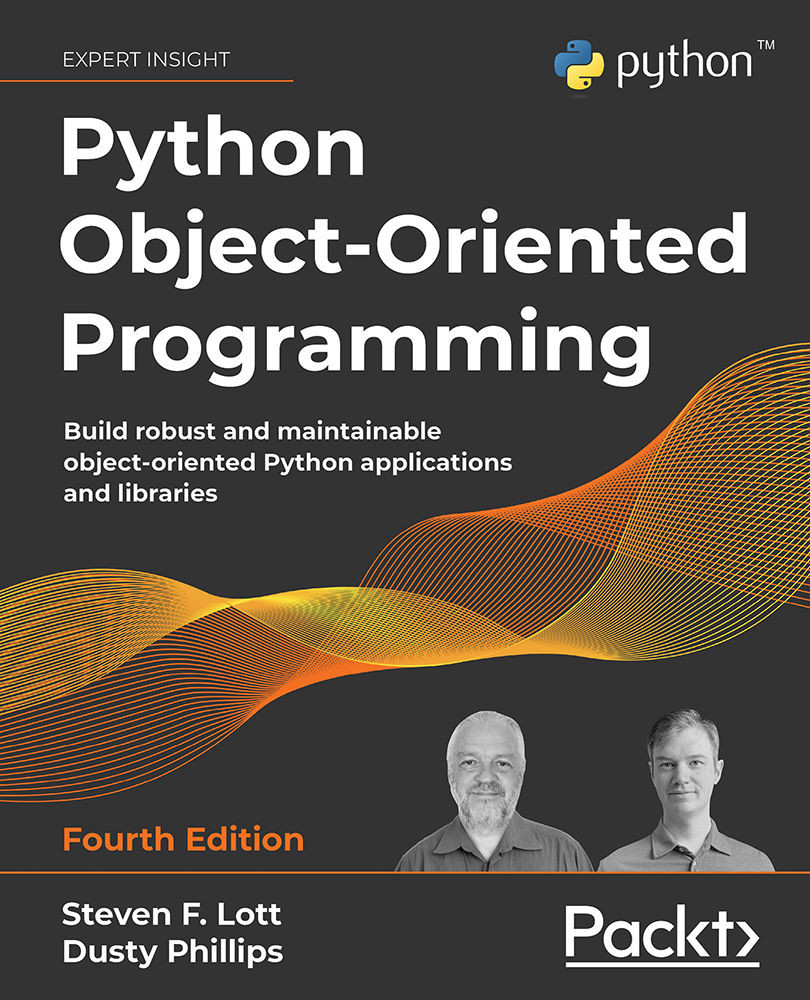Most object-oriented programming languages have a concept of access control. This is related to abstraction. Some attributes and methods on an object are marked private, meaning only that object can access them. Others are marked protected, meaning only that class and any subclasses have access. The rest are public, meaning any other object is allowed to access them.
Python doesn't do this. Python doesn't really believe in enforcing laws that might someday get in your way. Instead, it provides unenforced guidelines and best practices. Technically, all methods and attributes on a class are publicly available. If we want to suggest that a method should not be used publicly, we can put a note in docstrings indicating that the method is meant for internal use only (preferably, with an explanation of how the public-facing API works!).
We often remind each other of this by saying "We're all adults here." There's no need to declare a variable as private when we can all see the source code.
By convention, we generally prefix an internal attribute or method with an underscore character, _. Python programmers will understand a leading underscore name to mean this is an internal variable, think three times before accessing it directly. But there is nothing inside the interpreter to stop them from accessing it if they think it is in their best interest to do so. Because, if they think so, why should we stop them? We may not have any idea what future uses our classes might be put to, and it may be removed in a future release. It's a pretty clear warning sign to avoid using it.
There's another thing you can do to strongly suggest that outside objects don't access a property or method: prefix it with a double underscore, __. This will perform name mangling on the attribute in question. In essence, name mangling means that the method can still be called by outside objects if they really want to do so, but it requires extra work and is a strong indicator that you demand that your attribute remains private.
When we use a double underscore, the property is prefixed with _<classname>. When methods in the class internally access the variable, they are automatically unmangled. When external classes wish to access it, they have to do the name mangling themselves. So, name mangling does not guarantee privacy; it only strongly recommends it. This is very rarely used, and often a source of confusion when it is used.
Don't create new double-underscore names in your own code, it will only cause grief and heartache. Consider this reserved for Python's internally defined special names.
What's important is that encapsulation – as a design principle – assures that the methods of a class encapsulate the state changes for the attributes. Whether or not attributes (or methods) are private doesn't change the essential good design that flows from encapsulation.
The encapsulation principle applies to individual classes as well as a module with a bunch of classes. It also applies to a package with a bunch of modules. As designers of object-oriented Python, we're isolating responsibilities and clearly encapsulating features.
And, of course, we're using Python to solve problems. It turns out there's a huge standard library available to help us create useful software. The vast standard library is why we describe Python as a "batteries included" language. Right out of the box, you have almost everything you need, no running to the store to buy batteries.
Outside the standard library, there's an even larger universe of third-party packages. In the next section, we'll look at how we extend our Python installation with even more ready-made goodness.



 Free Chapter
Free Chapter
